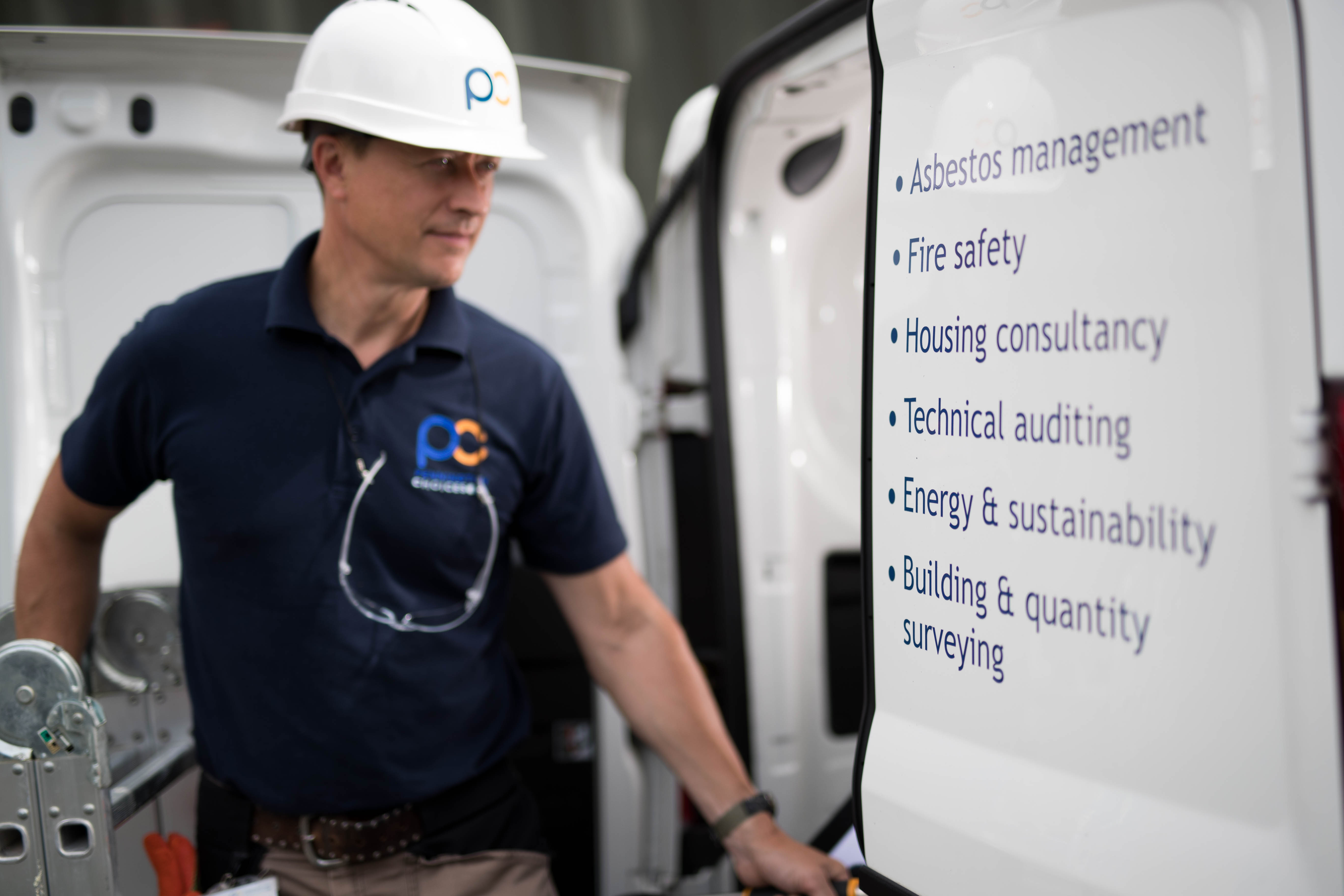Sign up to our newsletter
On the 29th September 2017 the Department for Communities and Local Government released interim mitigation measures. These measures are to be implemented pending the remediation of cladding in situations where it is confirmed that the core (“filler”) within Aluminium Composite Material (ACM), in conjunction with other elements of the cladding system on buildings, do not meet the relevant requirements of the building regulations.
This guidance supersedes Annex A to Melanie Dawe’s letter of 22nd June on Safety Checks following the Grenfell Tower fire and has been endorsed by the National Fire Chiefs Council.
In these circumstances they have declared that the following measures must be implemented immediately to address the fire hazard and to ensure the safety of residents. We have summarised their recommendations below.
- Contact your Fire & Rescue service who will then carry out an inspection with the responsible person to ensure that they have identified and introduced appropriate interim measures.
- Ensure a suitable fire risk assessment (FRA) has been carried out in the last twelve months and that the recommendations within the action plan have been implemented.
- If no FRA has been carried out, or material changes (to the building, fire safety procedures or occupancy) have taken place, it must be completed immediately.
- Engage with residents to ensure they full understand, and are updated with, any changes to the emergency fire procedures and ensure fire procedure notices are also updated and accurate. All residents should be surveyed in respect of their ability to evacuate without assistance. Tenants with disability/mobility issues should be individually assessed with regard to any change in policy.
- Residents must be asked to ensure that all smoke alarms are present and working in their flats and encouraged to report any fire safety concerns to their Landlord.
- Ensure there are no potential routes for fire to spread from the interior to the cladding system and check that on ground level, or balconies, there are no combustible materials in the vicinity of the cladding system.
- Any car parks in which a vehicle fire could impinge on cladding must be closed.
- All flat entrance doors and doors which open onto escape corridors and stairways are fire resisting and effectively self-closing.
- Check all walls which separate from escape routes have no clear routes for smoke or fire spread.
- Check that all smoke control and fire detection systems are operating correctly.
- Check all facilities provided for firefighters and report any issues to your local Fire & Rescue service. There must be sufficient roadway access and hard standing for firefighting vehicles.
The responsible person deciding the fire safety strategy must take in to account the following factors:
- Fire & Rescue service attendance time
- Extent of the cladding system
- General fire precautions in the building
- Number of means of escape stairways
- Height of the building
- Type of cladding system
- Provision of sprinklers or other automatic systems
- Risk of external ignition of the cladding system
- Number of flats
- Risk of internal ignition of the cladding system
- Proximity of the cladding system to windows or vents with common parts
- The collective effect of the fire safety measure considered holistically
In the case of most serious risk, consideration must be given to moving some or all residents out of the block until satisfactory remedial work has been done.If a decision is made by the responsible person to change from a stay-put strategy to simultaneous evacuation, your Fire & Rescue must be informed. A simultaneous policy is likely to require the 24/7 presence of a Waking Watch as well as a fire alarm system to alert residents to evacuate. Guidance on a Waking Watch and Common Fire Alarm systems has been produced by the National Fire Chiefs Council (NFCC) to assist building owners/responsible persons who need to adopt a temporary simultaneous evacuation strategy. This is available on the NFCC website at: https://www.nationalfirechiefs.org.uk/Grenfell-Tower
Prior to taking action we advise you take to time to read the full document, and take a view on what this guidance means for your organisation. If you would like to speak to one of our accredited fire experts about the next steps for your organisation then please contact our head office at info@pennington.org.uk or 01928 568 842 and one of the team will be in touch.





